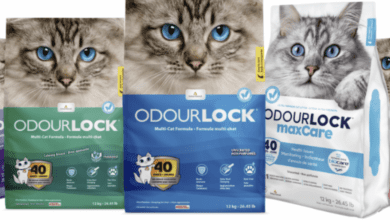Features
Online marketplaces: the biggest opportunity to grow as a petcare brand
By Matt Howes, client partner at Amazon specialist agency Melody

From veterinary consultations to pet food sales, the petcare sector is going digital. And with the UK buying 3.2 million pets during the pandemic, that’s just going to increase.
You'll need to
subscribe to unlock this content. Already subscribed? Login?







